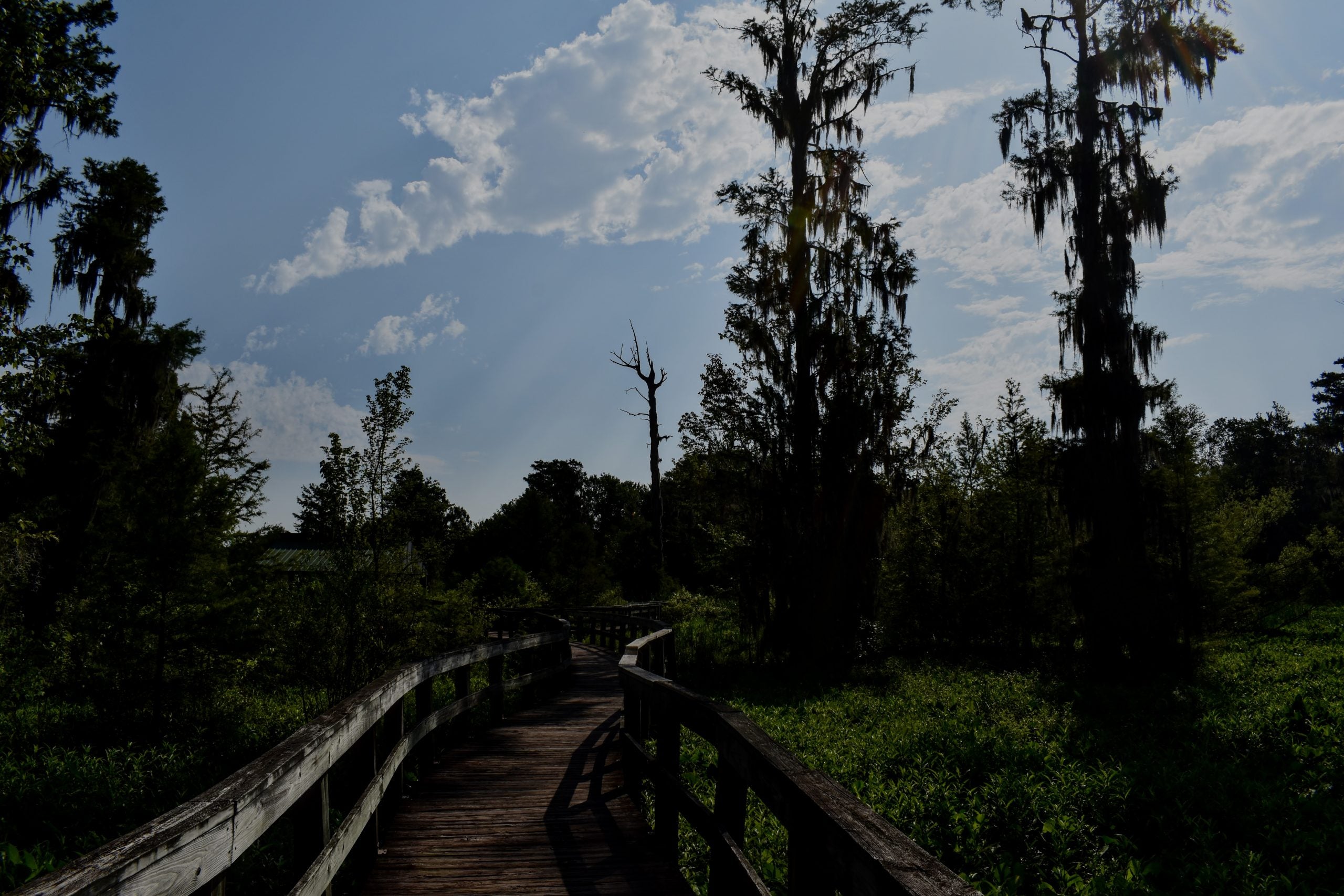The Phinizy Swamp of today is a beautiful scenic area filled with flora and fauna, but it has quite a poopy past.
The swamp was once the natural wastewater treatment plant for the city of Augusta. Actually, it was more of just a sewage dump.
According to Wes Byne, director of the Augusta Utilities Department, most people in the 19th century used outdoor privies to do their business, but as the city grew in the 1880s, the need arose for a sewage system to service the new “water closets.”
Byne says that city engineers came up with an ingenious method of waste disposal, even if it was smelly and unsanitary.
“There was a small ‘sanitary pipe’ that used an underground slope and led into the brick arch system. Of course, it stunk, and they had to wait for a good rain to fully flush them out,” Byne said.
MORE: Augusta’s upcoming 18th Annual Home and Garden Show
Remnants of the old arch system can still be found around Augusta, according to Byne.
Once the rain came, the waste along with rainwater would be channeled into what was called “Phinizy’s Ditch.” The ditch then dumped the raw sewage into Butler Creek, which runs through the 7,000 acre swamp, until the waste finally washed into the Savannah River.
For almost 100 years, the system remained in place and, according to the Phinizy Swamp website, the smelly, bacteria ridden waste killed everything in its path.
“The impacts on the ecosystem were devastating. Over the years, the creek became a dead zone with little to no life,” the website states.
In the 1950s, Gracewood Mental Hospital opened up a cow farm on the property so that patients had activities and could be outside to get fresh air. However, between the cow patties and human waste flowing out in the open, the air was fresh alright.
During the heat of the summer, it was likely difficult to breathe.
In 1968, the city built a real wastewater plant, and the dumping of raw sewage stopped, but the treated water was still dumped into the creek, and environmental damage still occurred.
However, by 1993, according to Byne, the wastewater treatment system had become hopelessly outdated.
Byne says that Jorge Jimenez of ZEL Engineers, Gene Eidson of Normandeau and EcoEnvironmental Corp. and South Carolina educator Willie Copeland (who founded the concept of environmental education) came together to create a permanent solution.
MORE: Photojournalism: SafeHomes’ 2023 Fake It to Make It
The modern treatment facility uses a staged system so that the water pumped into the swamp is actually beneficial to the ecosystem.
According to Byne, upgrades to the system mean only microscopic nutrients make it into the swamp that act as a “polishing agent” for the water as it makes its way into the Savannah River.
“It’s a fantastic educational component for the community to come out and really look at nature’s way of treating wastewater,” Byne said.
Today, visitors to the 1,000 acre Phinizy Swamp Nature Park breathe in clean air as they wander the loblolly and bald cypress forests and wetland trails while catching a glimpse of egrets, otters, beavers and the occasional alligator.
Of course, the park has modern comfort stations in case, you know, nature calls.
…and that is something you may not have known.
Scott Hudson is the senior reporter for The Augusta Press. Reach him at scott@theaugustapress.com











